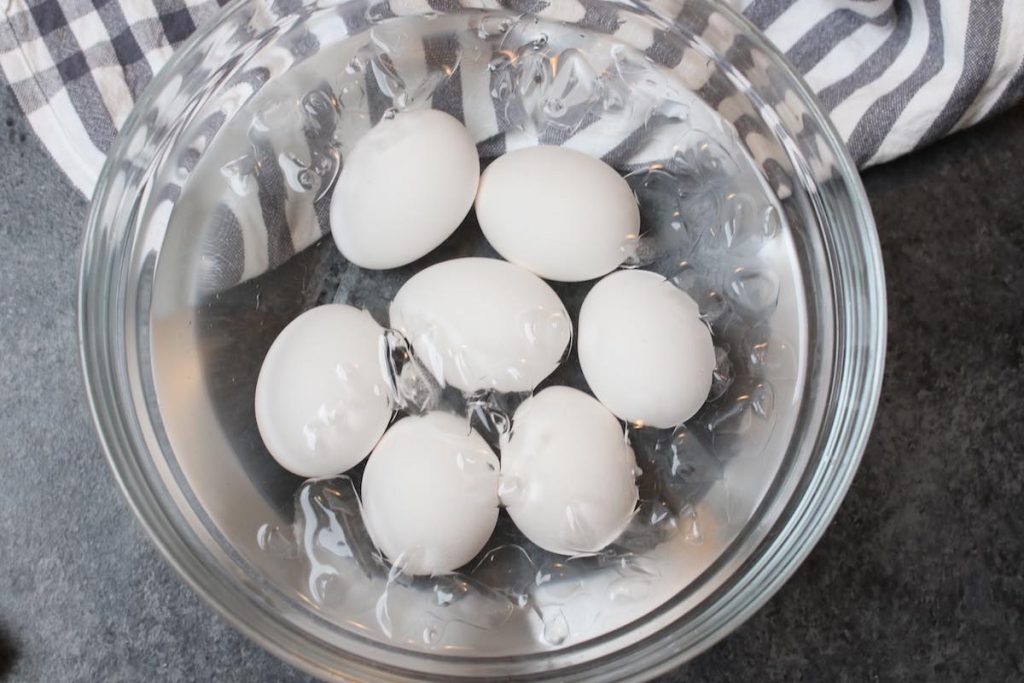The most frustrating part is trying to fill the cake pan evenly with the dough and failing miserably. The cake is once again thicker in the center than on the sides when you take it out of the oven once the timer has chimed. There, the box cakes generally burst open all the way. In any case, why is this happening in the first place?
The science of cakes
High temperatures are achieved on the exterior of the pan considerably sooner than in the center of the cake. That gives the middle part of the cake a lot more time to rise.
The cake pan is designed to effectively transfer oven heat to the outside edges of the baked product. The dough cooks quickly there and bakes through. The proteins inside it cross-link as it does. The dough immediately hardens at the edges since that’s where the heat resides. It’s more difficult for the baking powder to penetrate there.
When the temperature is not too high, baking powder releases carbon dioxide gas, causing the dough to rise. The gas causes the dough to expand by creating tiny bubbles in it. This occurs most often in the cake’s middle, where the dough has remained liquid for the longest. Which explains why a mound always seems to appear there. However, near the solid edge that has been cooked, the dough will not continue to rise.
Similarly to the molten state of lava from a volcano
However, there is another explanation for this cake phenomenon that has nothing to do with temperature. The cake sticks to the outside of the baking pan. But, there is no resistance in the middle. Therefore, when the cake rises, it simply takes the path with the least resistance.
The cake’s top layer always warms up faster, allowing it to cook before the middle. A very tough skin may develop in this way. The pressure of the steam and carbon dioxide produced in the cooler inside causes this skin to break apart. This resembles lava pouring out of a volcano.
Yeasty, but not pizza-related
Yeast dough delivers the same result. Instead of using baking powder, the microorganisms in the yeast deconstruct the sugar and release carbon dioxide, which causes the cake to rise. However, similar to how carbon dioxide creation tends to halt in the center of the cake if it bakes through more quickly at the edges, this also holds true here.
To be clear, the opposite is true with pizza. No pan is needed since the topping will push down on the dough. As a result, you get a higher edge on the outside.
Wrapping the baking pan with anything, such as aluminum foil and a damp towel, helps prevent your cake from spreading out of shape during baking. People who are passionate about making cakes often use this method. The key is to slow down the rate at which the pan heats up. The cakes should rise more uniformly, at the very least.






